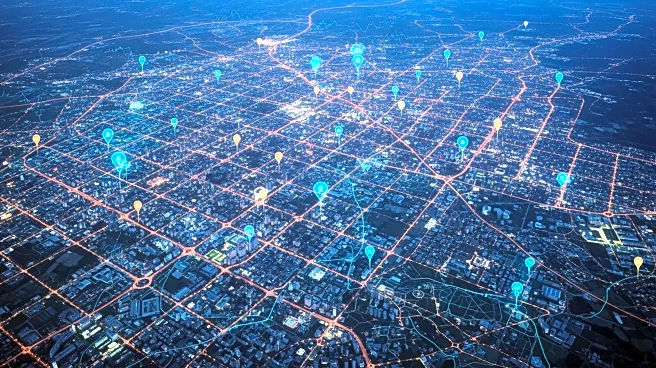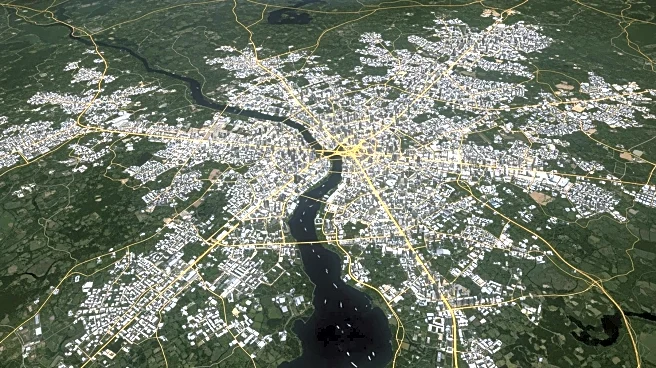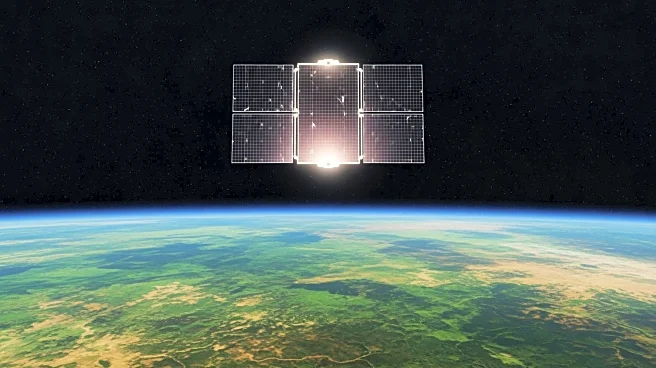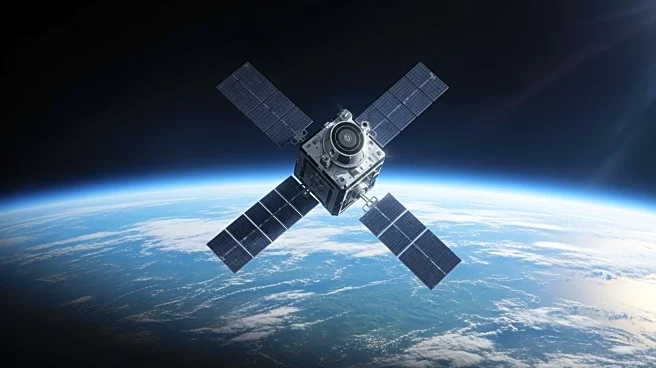What's Happening?
NASA's Landsat program is playing a crucial role in urban development by providing detailed data that helps city planners monitor and manage urban growth. The program uses satellite sensors to capture
patterns of urban expansion, enabling planners to assess land use changes and forecast future developments. Landsat's sensors, with a spatial resolution of 30 meters, are ideal for observing human impacts on the land, such as changes in vegetation, water cycles, and radiant heat. This data is used to create land-use maps that distinguish urban surfaces from vegetation, helping researchers quantify land use efficiency and assess the impact of urbanization on energy, water, and carbon balances. Additionally, Landsat's thermal imaging capabilities allow for the observation of heat island effects, where urban areas experience higher temperatures than surrounding rural areas due to the absorption and retention of heat by construction materials.
Why It's Important?
The data provided by Landsat is vital for urban planners and decision-makers as it offers insights into the effects of urbanization on the environment and helps in making informed decisions about future development. By understanding the patterns of urban growth, planners can implement strategies to mitigate negative impacts such as increased temperatures and altered rainfall patterns. The ability to monitor impervious surfaces, which prevent water infiltration and concentrate pollutants, is crucial for managing water resources and preventing soil erosion. Furthermore, the insights gained from Landsat data can lead to more sustainable urban planning practices, reducing the environmental footprint of cities and improving the quality of life for residents.











